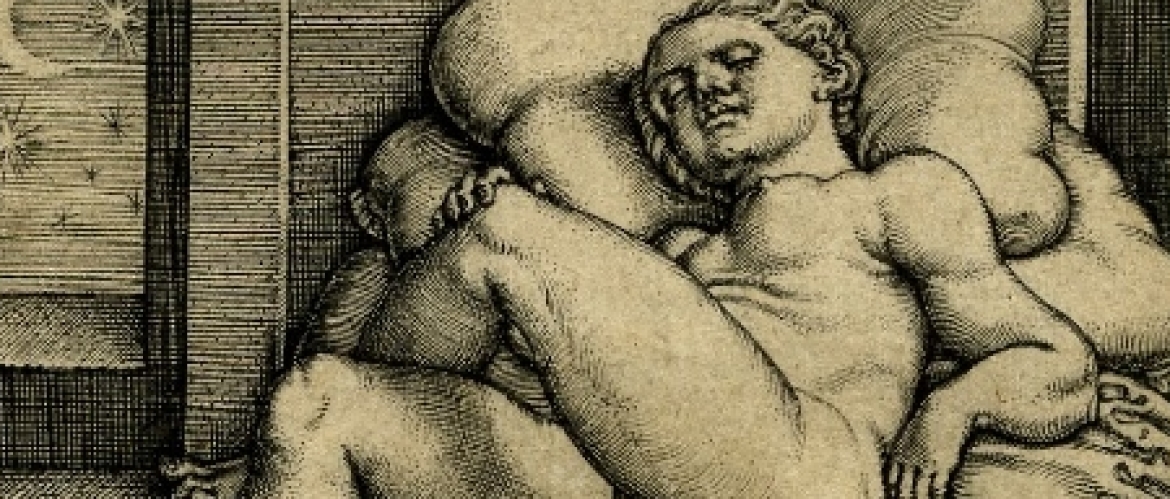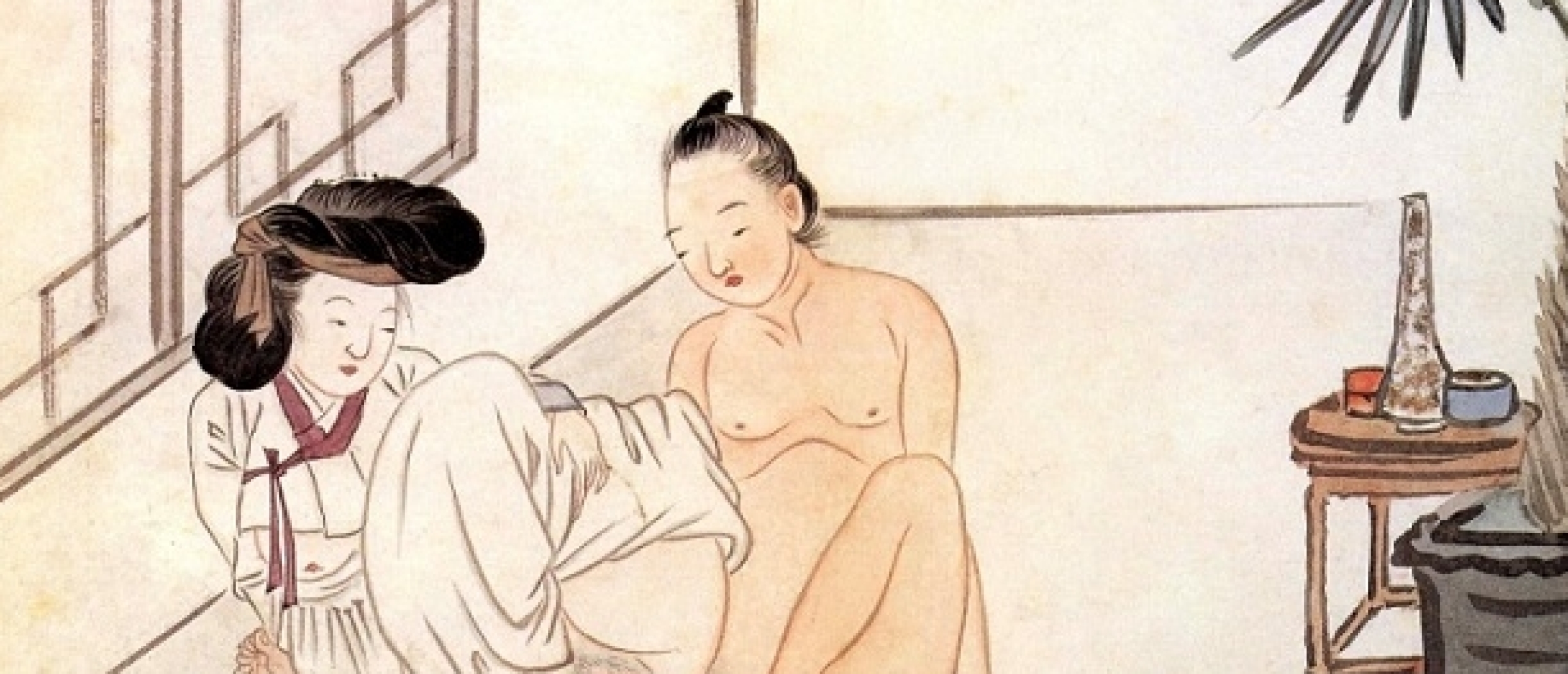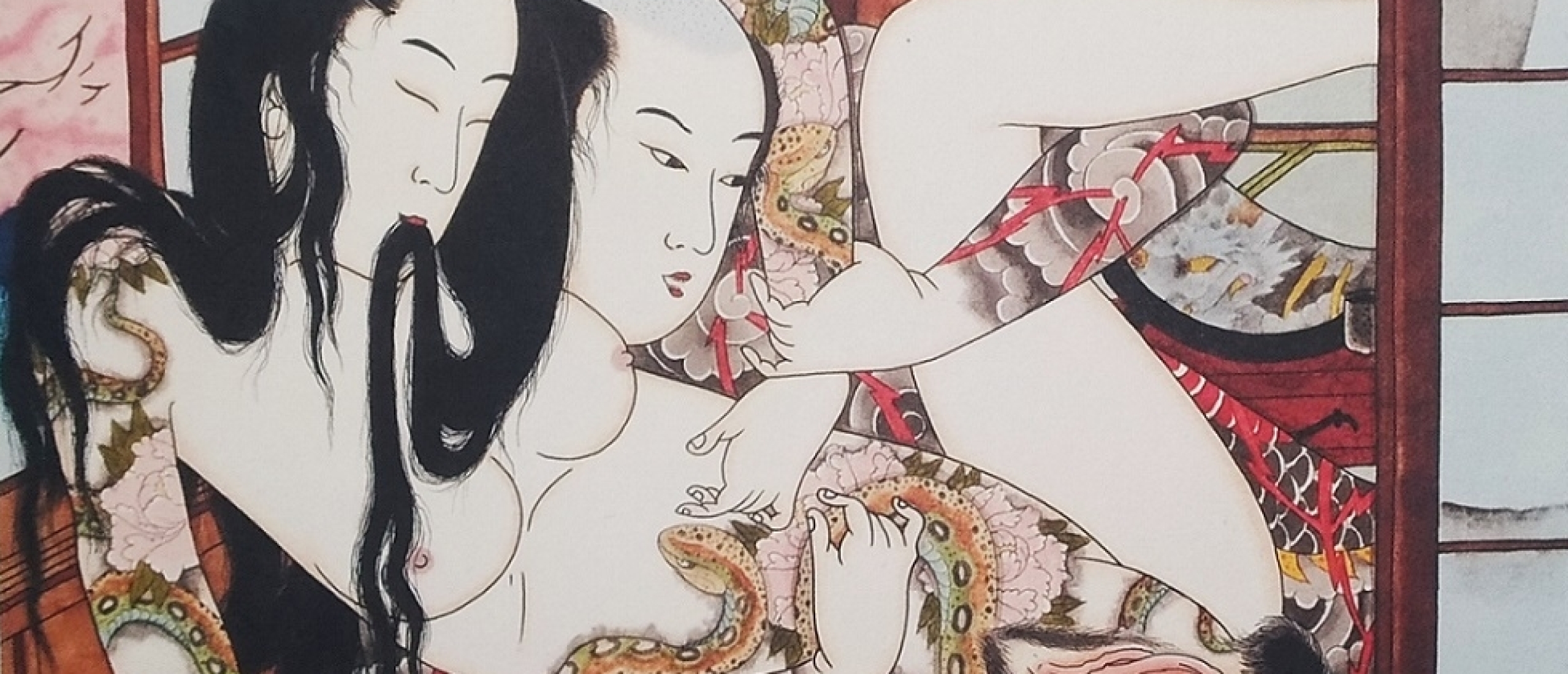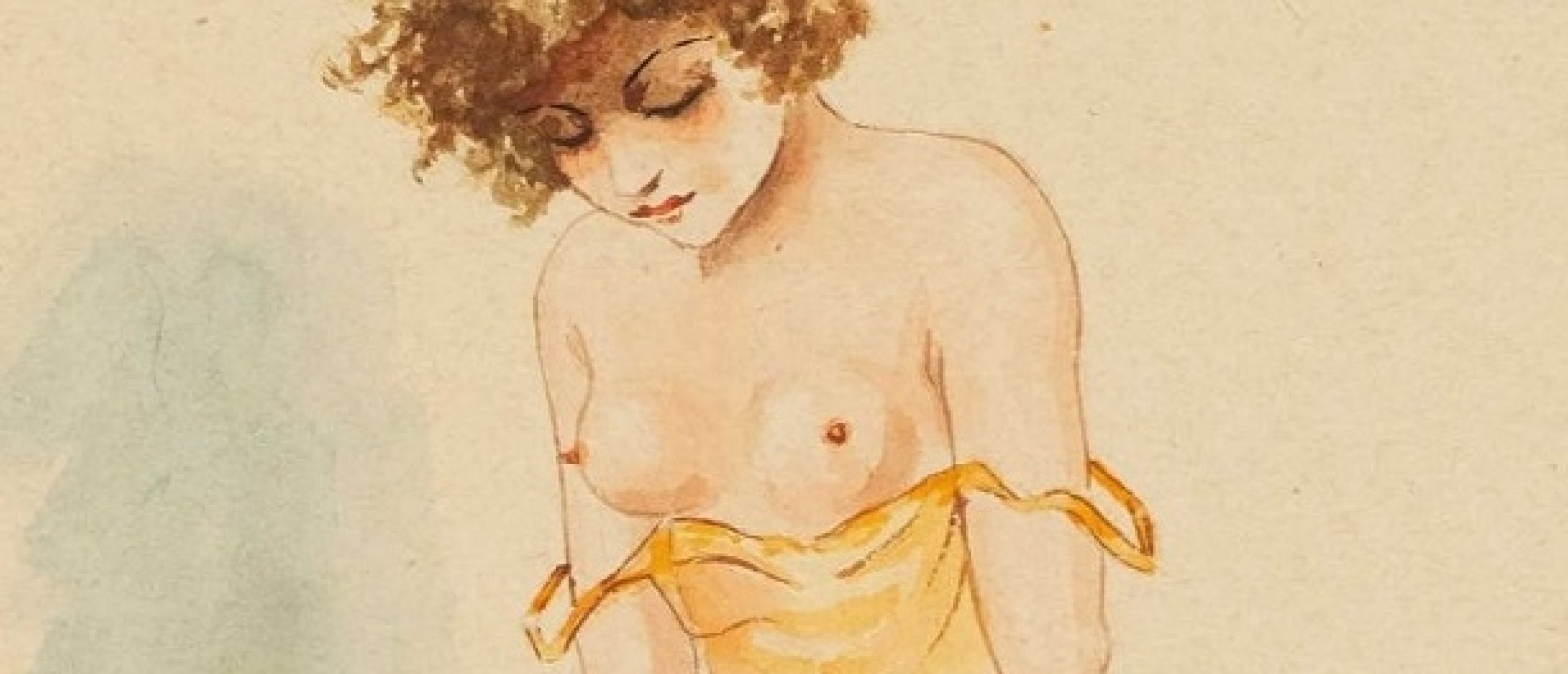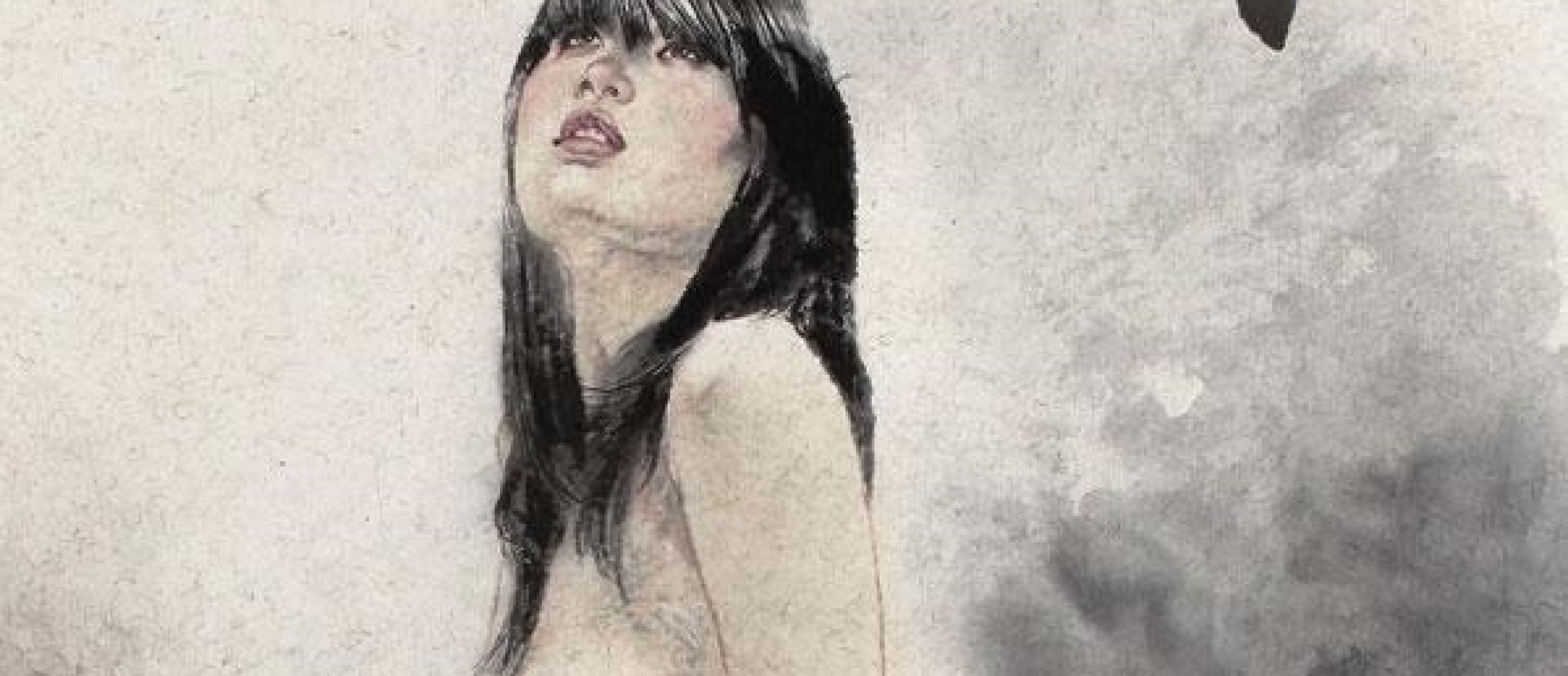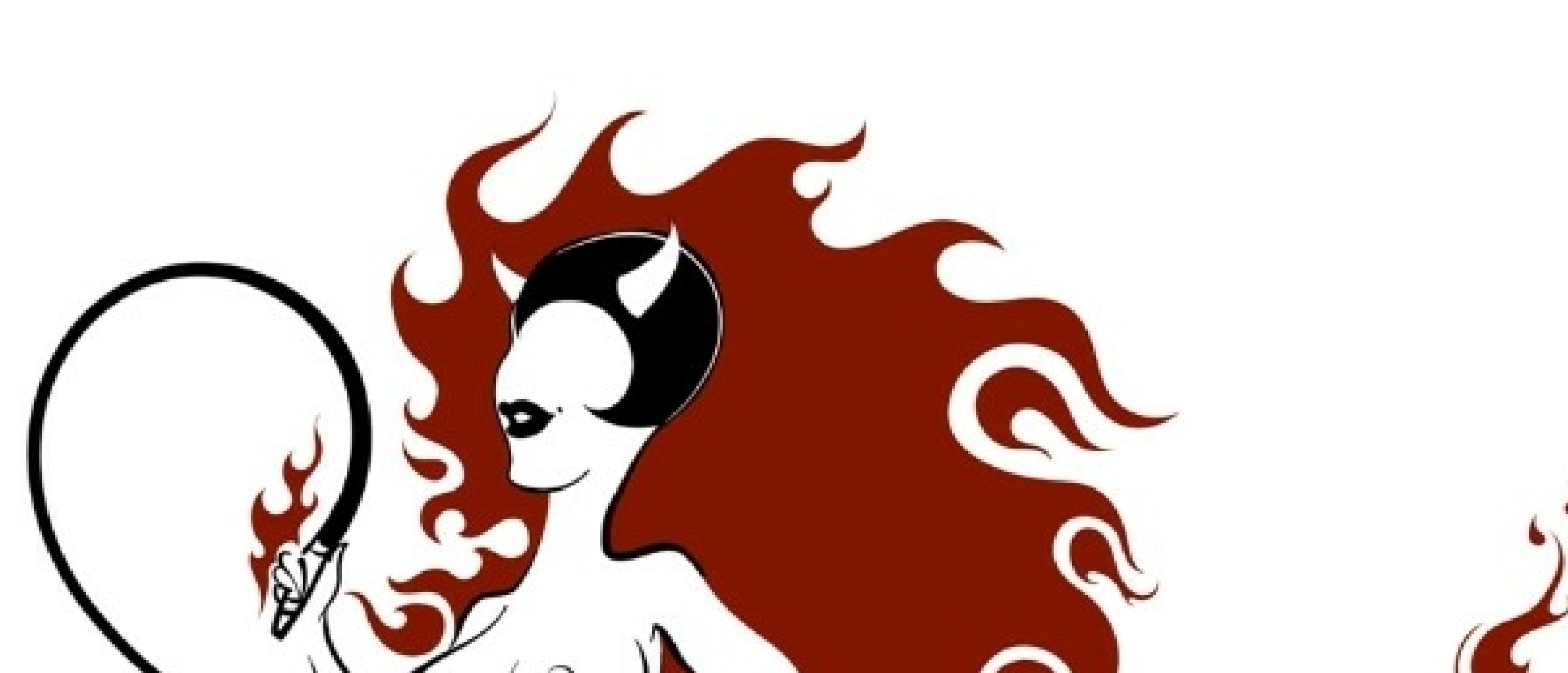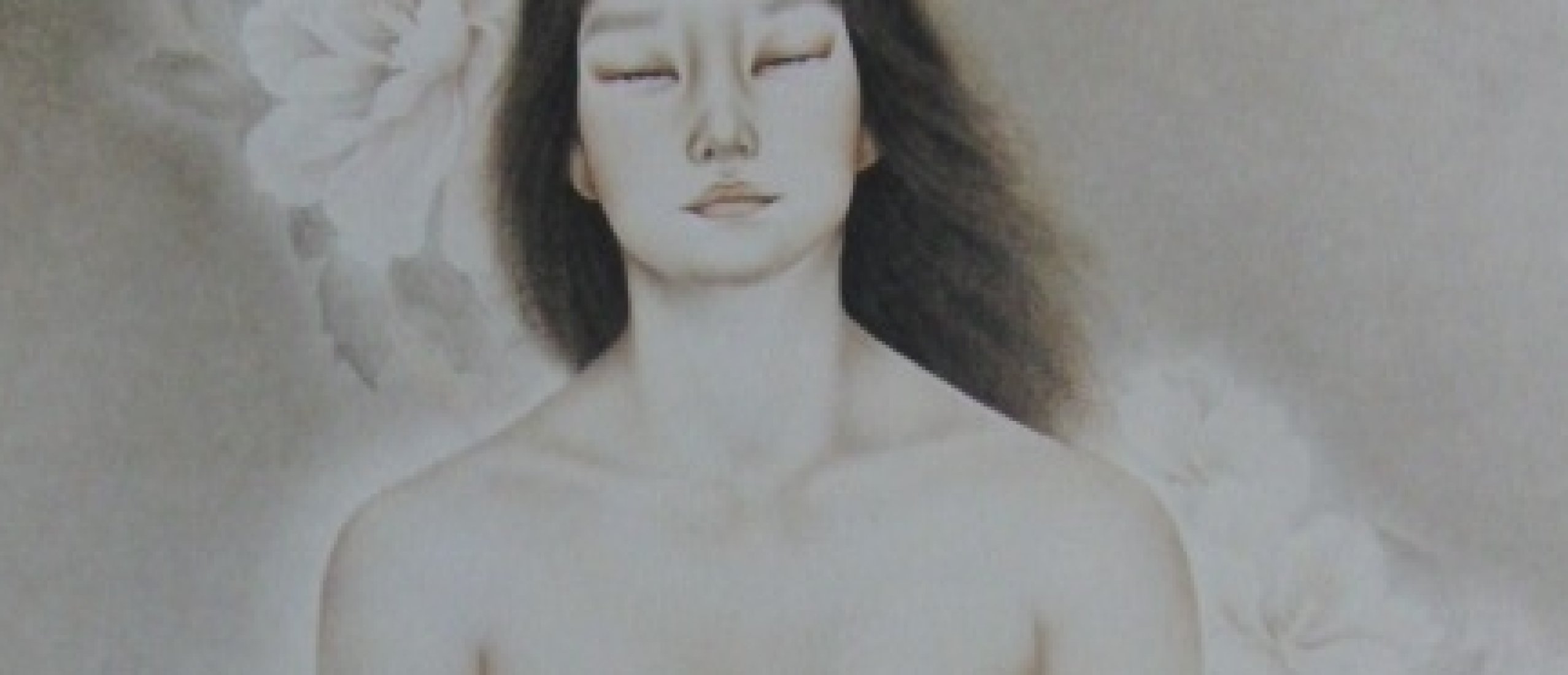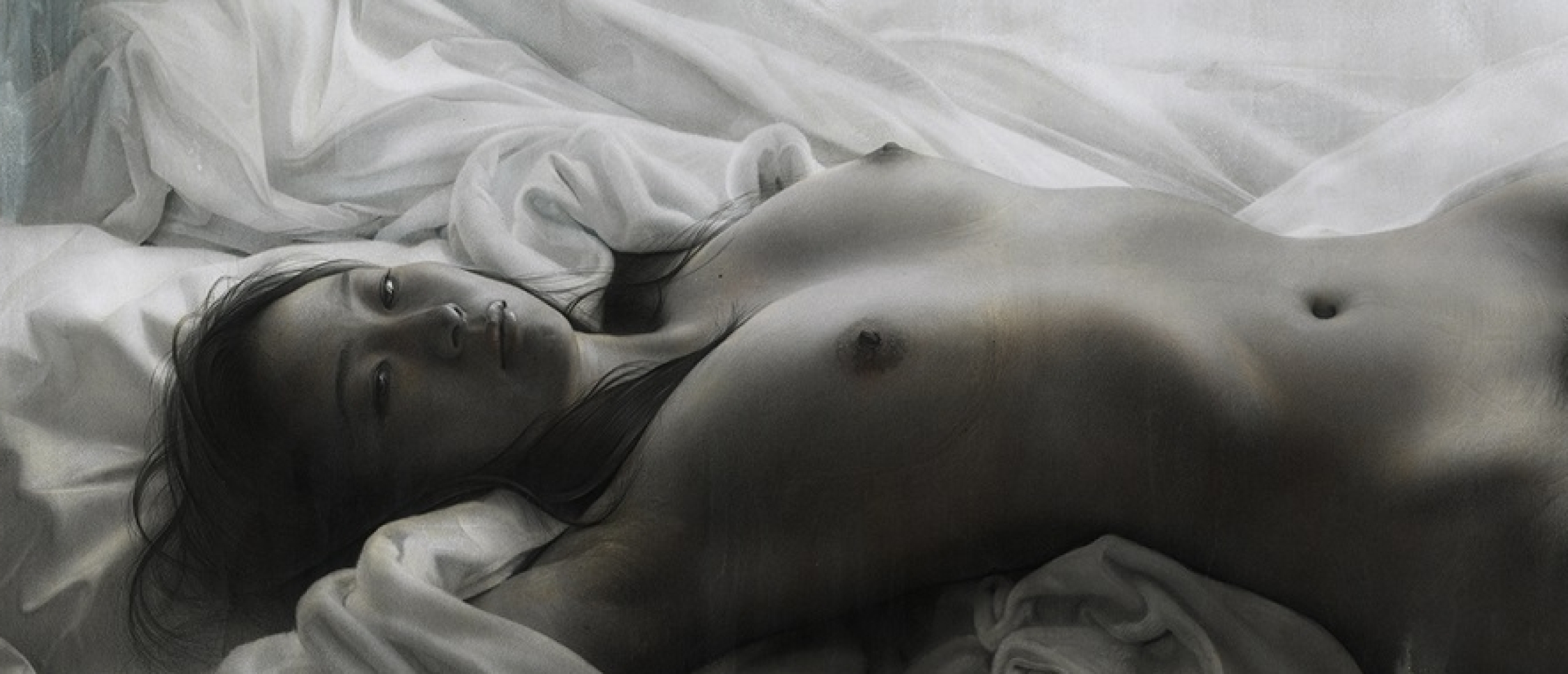
Atsushi Suwa (b. 1967) is a Japanese artist fascinated with themes of life and death. In Suwa's portfolio, there are depictions of his dying father, along with the portrait of his little son, showing us the transitions from non-being to birth and from living to the afterlife. His models are often portrayed as sleeping since falling asleep is similar to dying; if their eyes are opened, they seem to stare at something from another dimension. The artist himself challenges the limitations of his own perception, struggling to see things that are no longer presented in our world.
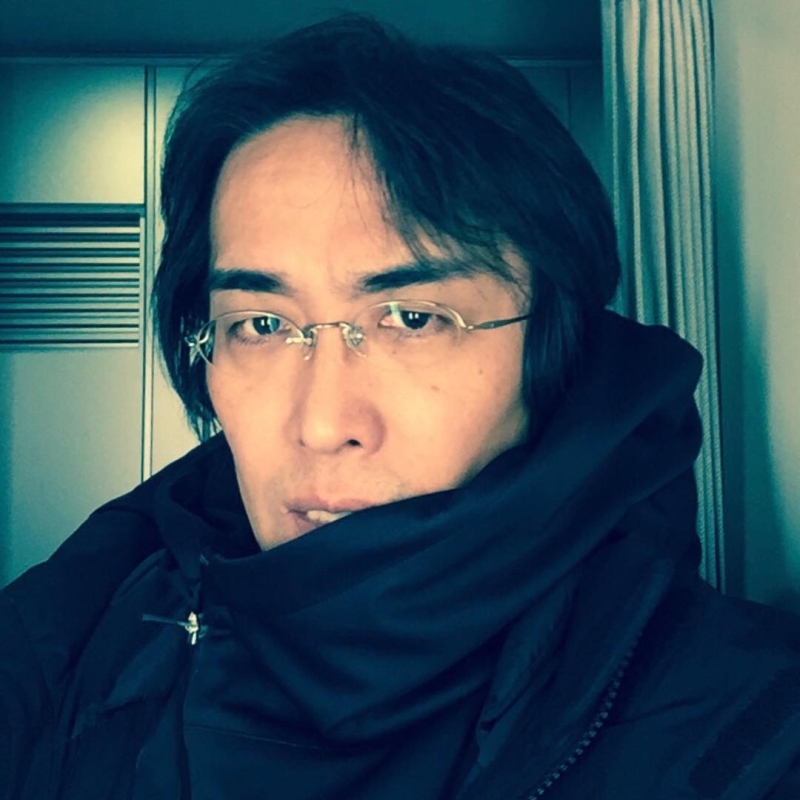
Fig. 1. Atsushi Suwa, 2017 (instagram.com)
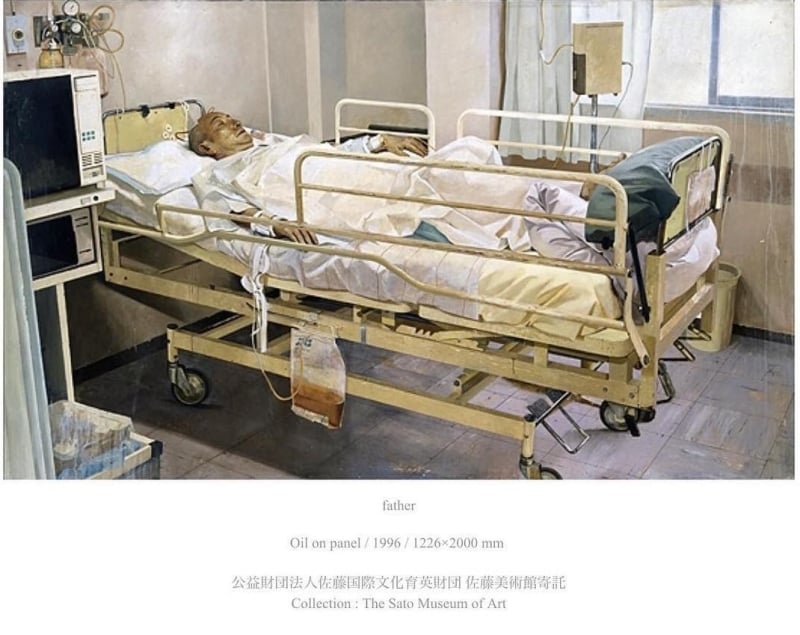
Fig. 2. Father, 1994 (instagram.com)

Fig. 3. Pregnant woman (shopee.tw). PS Wears a resemblance to Klimt’s Hope.

Fig. 4. Son/Touma (kwaifunghin.com)
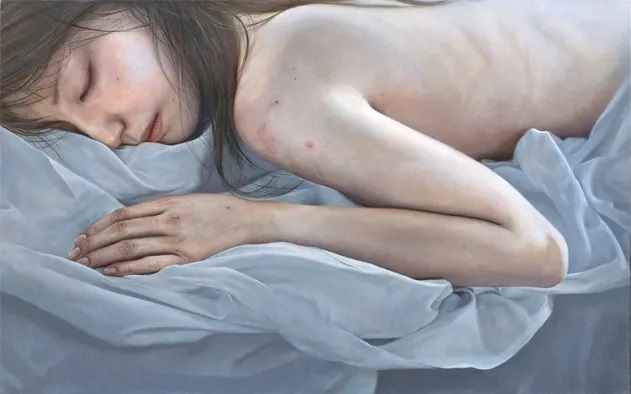
Fig. 5. Sleeper, 2013 (kwaifunghin.com)
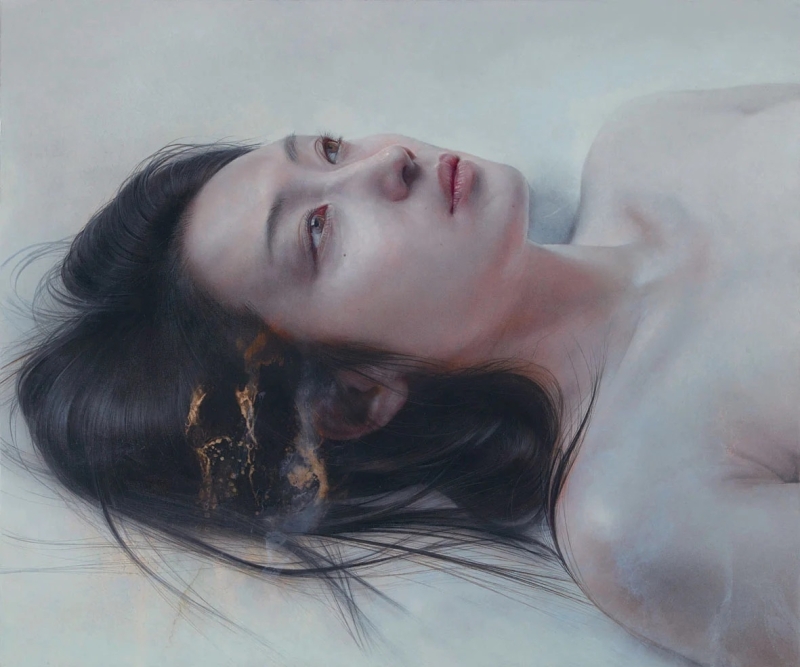
Fig. 6. I’ve Seen It All, 2014 (kwaifunghin.com)
True Definition Of Perception
The artist says the following: "Contrary to popular belief, imagination is neither infinite nor rich, but rather limited and meager. Painters have always pursued motifs and inspiration from the outside world, but I intend to investigate the act of "seeing" itself, and dig deeper into the true definition of perception. To completely patch blind spots and loopholes buried under layers of misconception, to ask myself once again, have I really seen it all? To see something in person is divine. But when the subject is not present…for example, if the subject is deceased, I must reconsider the idea of "seeing" and "see" beyond time. As if the image would gradually surface from the depth of murky chaos, I carefully transform the fragile outcome into a painting. <...> The act of seeing, portrayed as a painting, is a spiral between the artist and the subject, the deadlock and the breakthrough, where no one leaves, and the dead are resurrected, where time itself is expanded. "Seeing" never completes its task, treading water in front of a "reality" that exists somewhere. This is what makes painting so beautiful, the endless cycle, and, the potential to realize the impossible." (atsushisuwa.com).
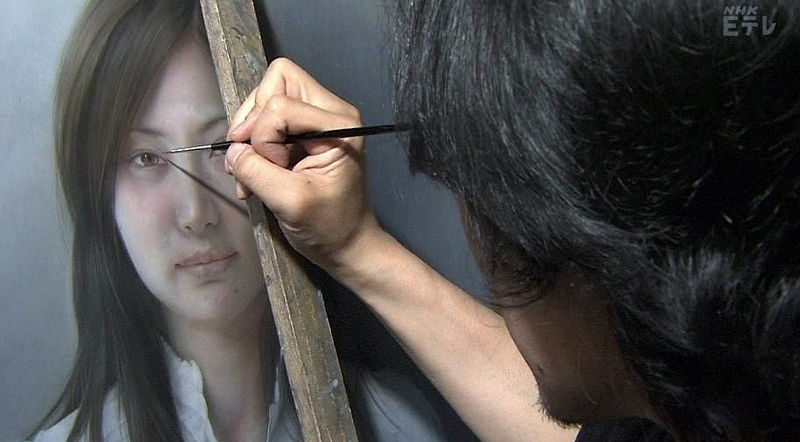
Fig. 7. Suwa’s at work (atsushisuwa.com)
Bio
Atsushi Suwa was born in 1967 in Hokkaido. He studied oil painting at Musashino Art University and graduated in 1992 with an MFA degree. Two years later, he was awarded a two-year residency in Spain through the Japanese Government Overseas Study Program for Artists. Suwa was the first Asian artist to receive the first prize at the 5th International Painting Competition in Spain. In the 2000s, the artist achieved recognition in his homeland, winning local competitions and participating in many exhibitions. Suwa's works can be found in public collections over the world: in Japan, Italy, and Switzerland. Since 2018, Suwa's been a professor at Musashino Art University. In 2020, the artist was awarded the Medal with Dark Blue Ribbon from The Emperor of Japan. He publishes books with his paintings, gives interviews, and writes book reviews for the art magazine Geijutsu Shincho.
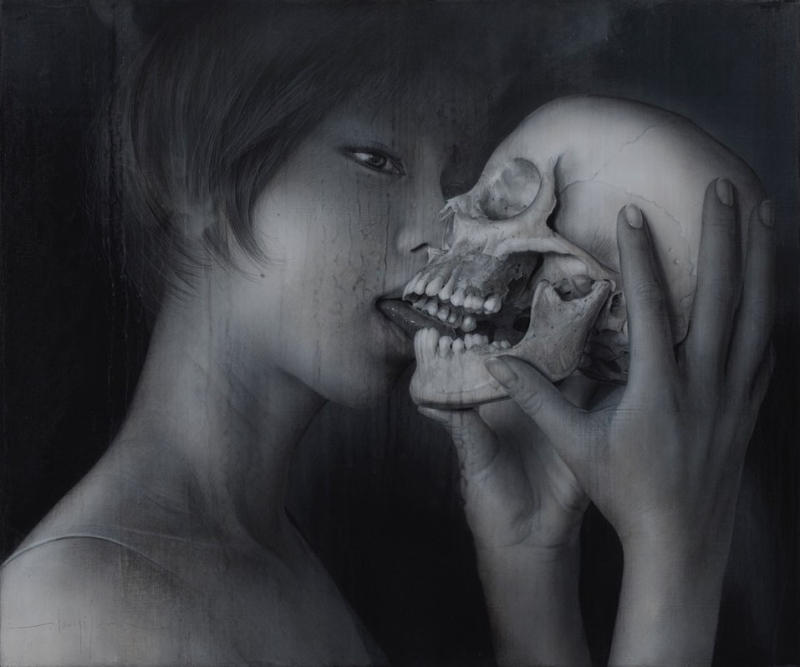
Fig. 8. Can't See Anything Anyway Ver.10, 2019 (instagram.com)
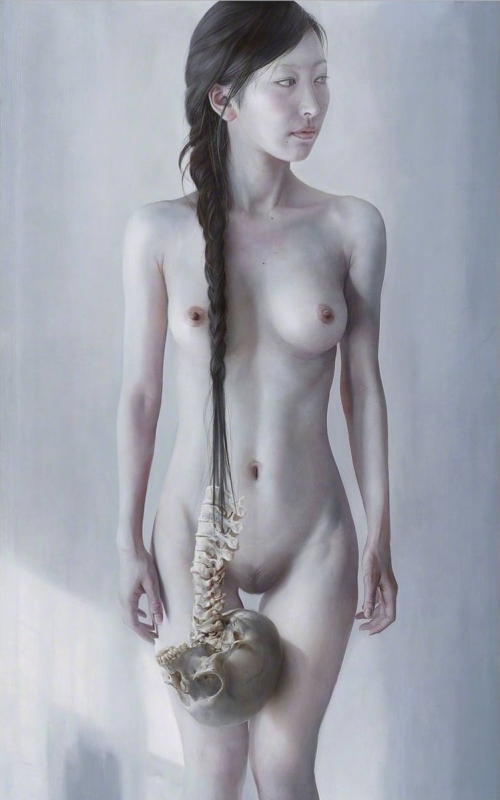
Fig. 9. Analogia, 2015 (blogspot.com)
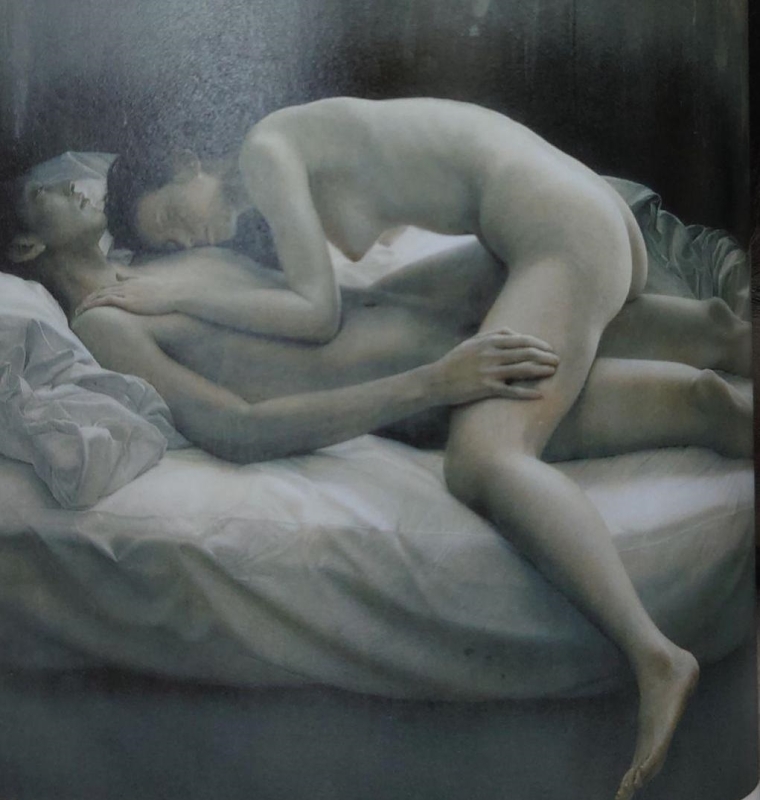
Fig. 10. Lovers, image from an art book (auctions.c.yimg.jp)
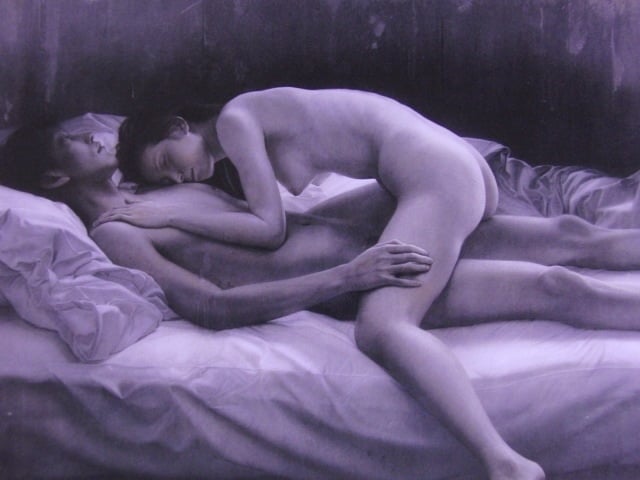
Fig. 10b. Another impression (auctions.c.yimg.jp)
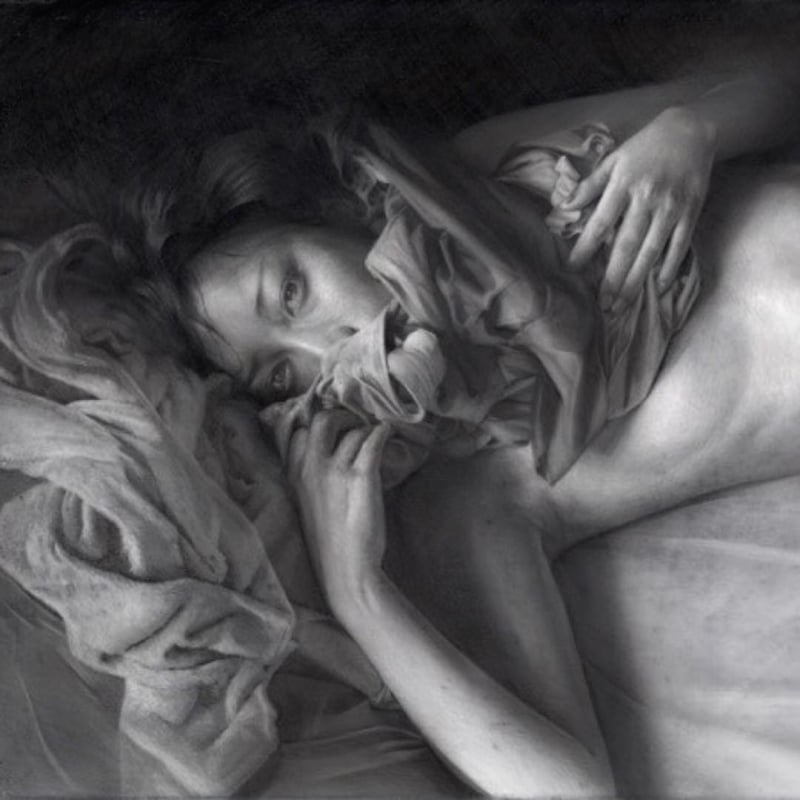
Fig. 11. instagram.com
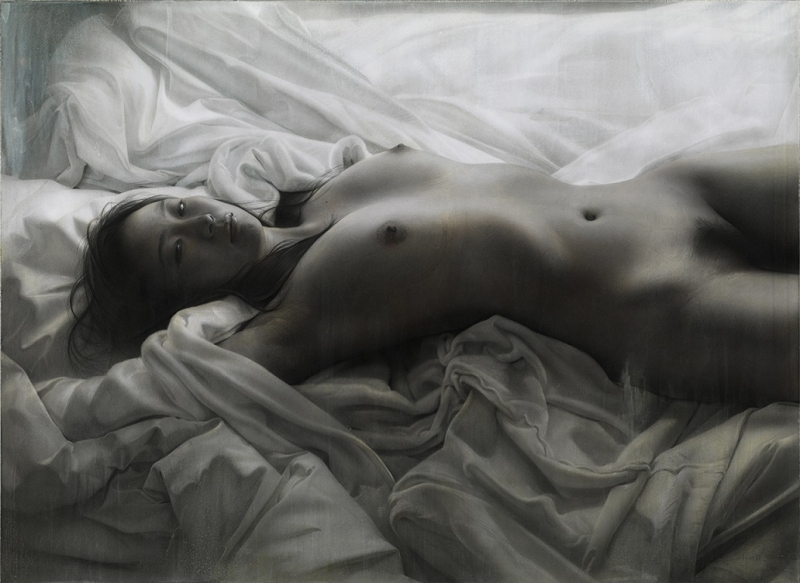
Fig. 12. Untitled (atsushisuwa.com)
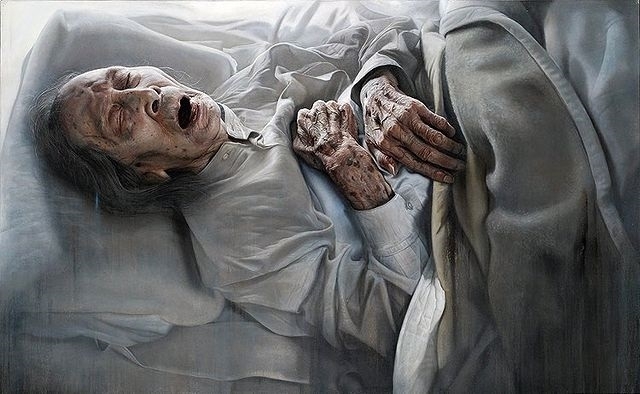
Fig. 13. Kazuo Ohno, 2007 (instagram.com)
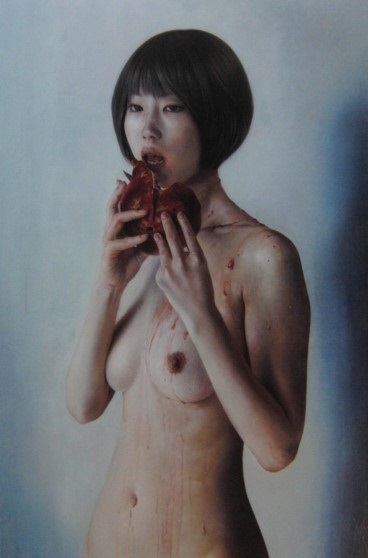
Fig. 14. Can’t See Anything Anyway, 2011 (auctions.c.yimg.jp)
Western Motifs
Let's mention that Suwa's interest in the Western painting technique is also accompanied by the Western understanding of life and death or, at least by recognizable motifs of European art, such as death and maiden. Another way to express the motif of mortality is a kind of rust, patina, or smoke painted over their bodies or surrounding them, subtly similar to the photography of Hiroshi Hayakawa. In Suwa's paintings, we also see pomegranates or pomegranate juice resembling blood. This fruit accumulated many symbolic meanings, but in the context of the life and death dichotomy, it can be associated with the Greek legend about the abducted Proserpine.
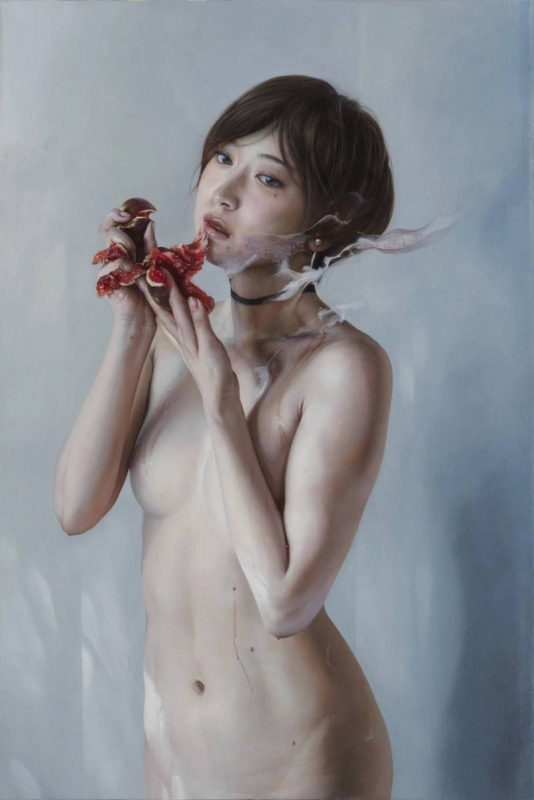
Fig. 15. Can’t See Anything Anyway, 2011 (blogspot.com)
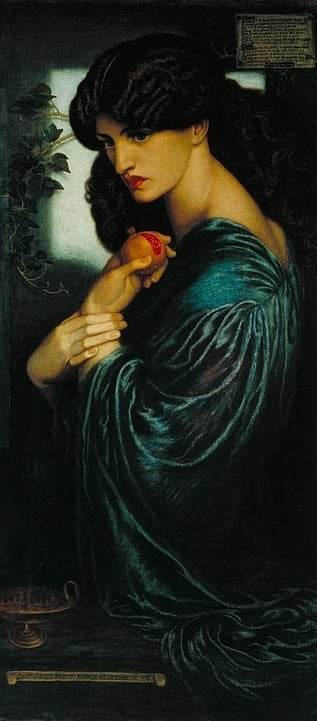
Fig. 16. Rossetti Proserpine, 1874 (Wikipedia.org)
In the extended Premium version more on the myth of Proserpine, Suwa's fascinaton with pomegranates, his goals portraying dead people, other curious works and many other images of his intriguing paintings.
Click HERE for the liberating sex, violence and horror in Fuyuko Matsui's paintings
Sources: atsushisuwa.com; instagram.com/suwa_atsushi_artist/; tuttartpitturasculturapoesiamusica.com; kwaifunghin.com;

